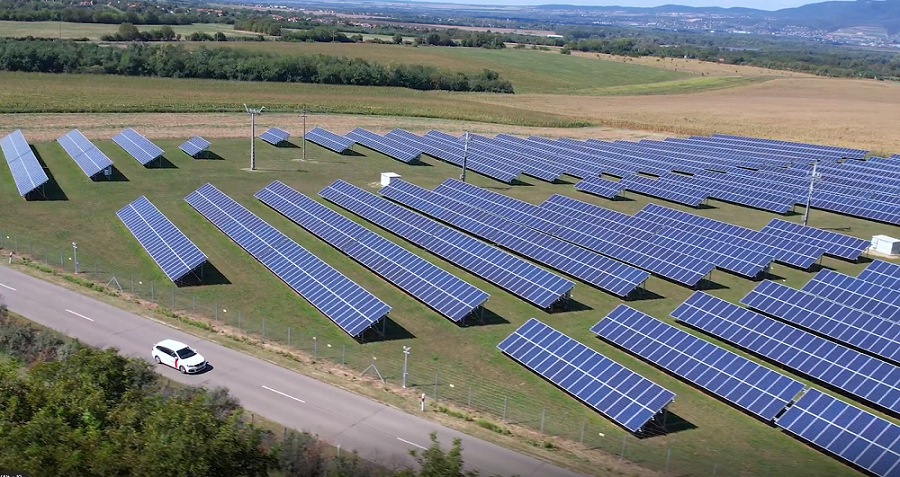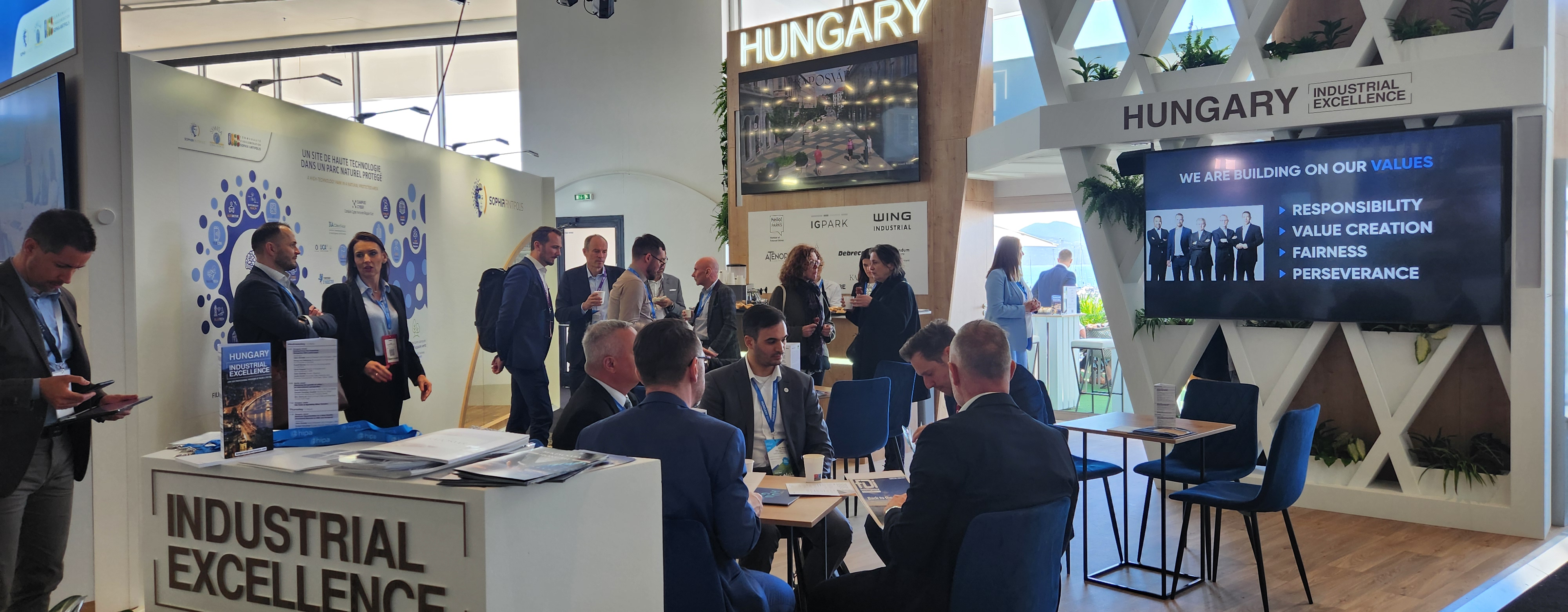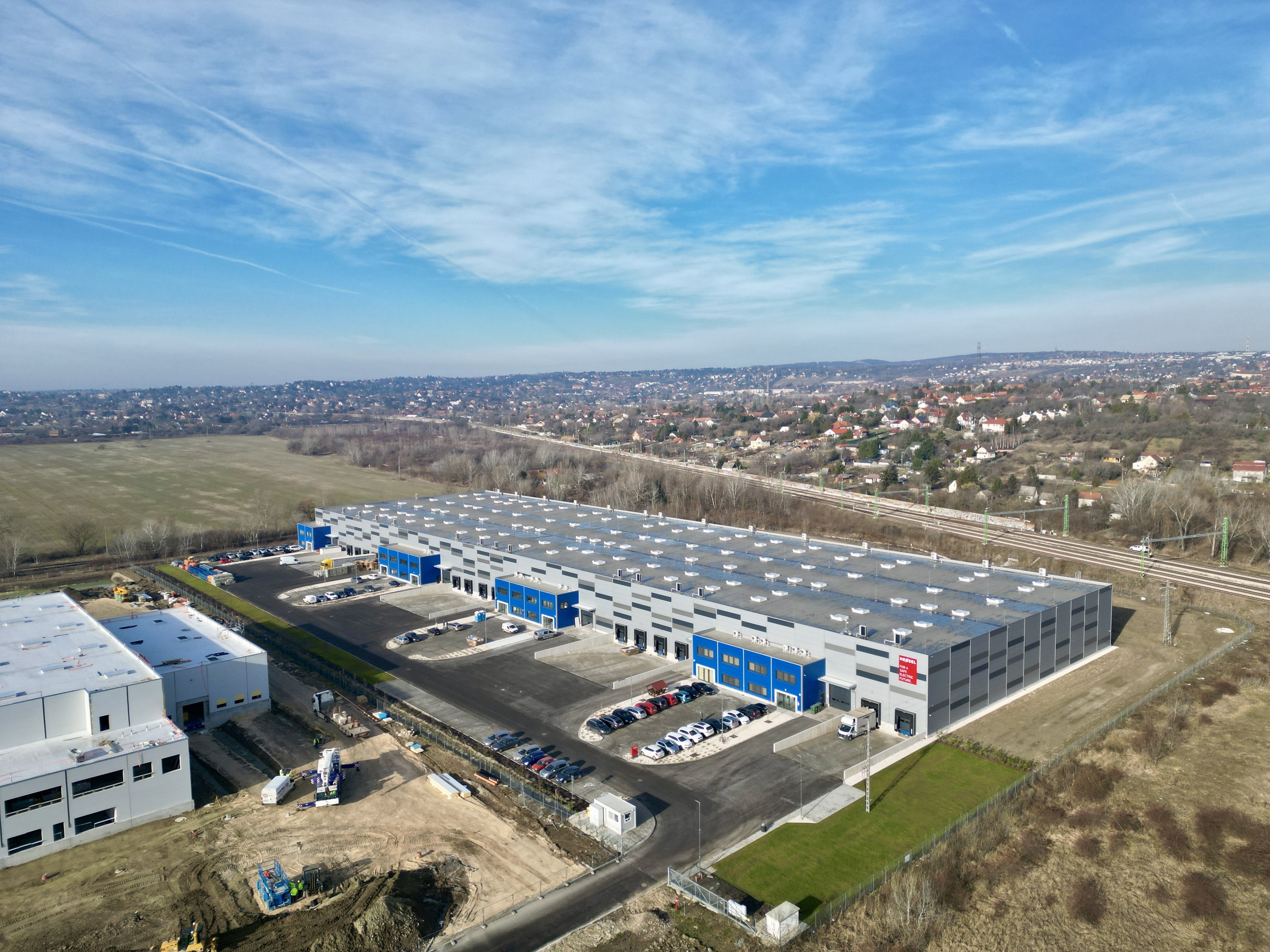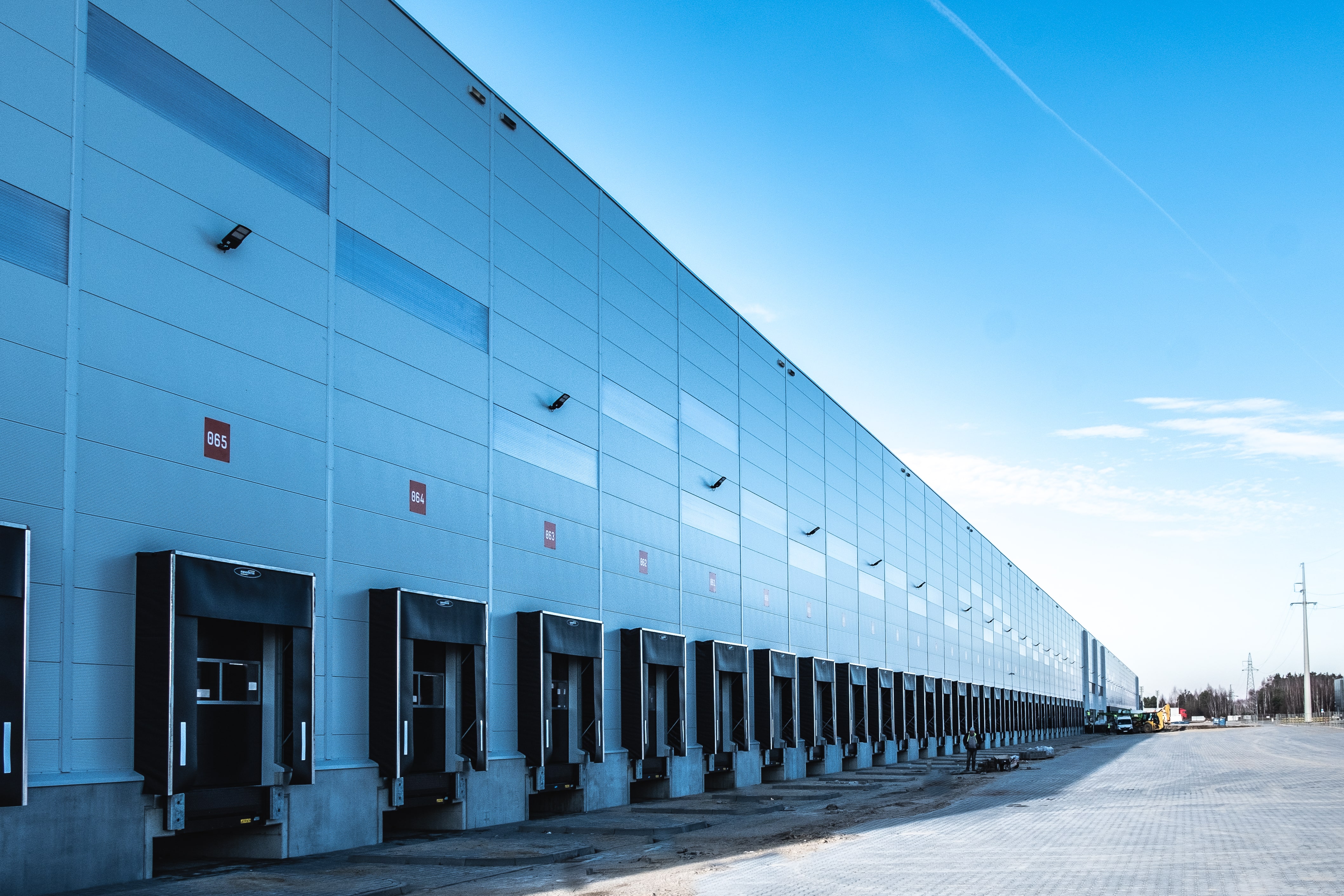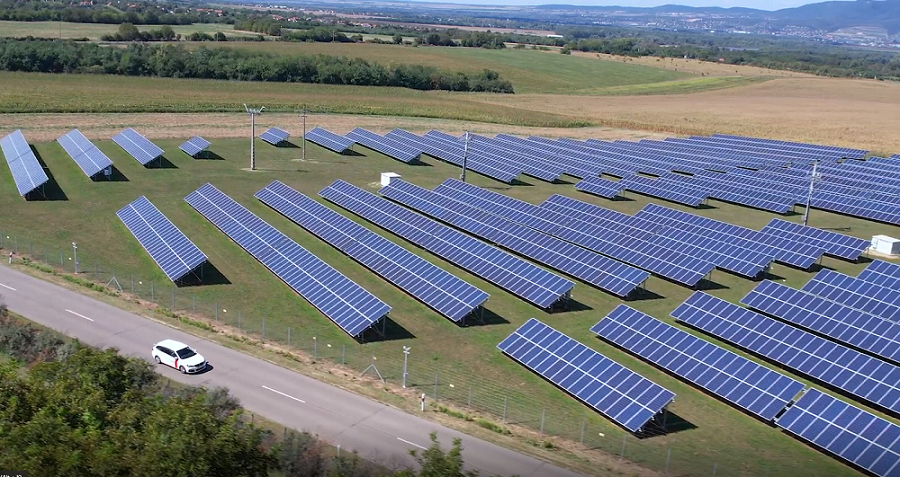Despite low Availability, Industrial Development Still Restrained
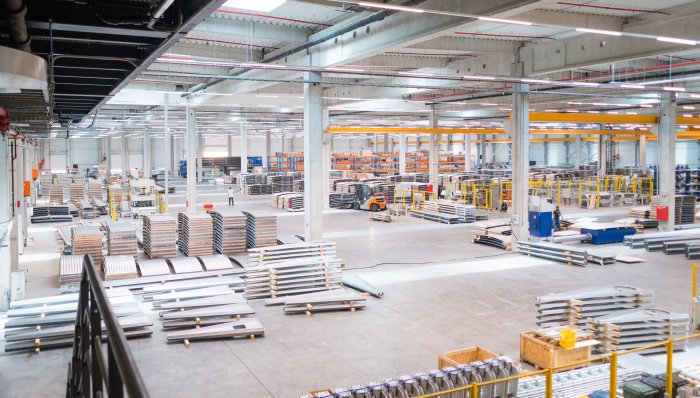
Although there are several ongoing speculative developments by both international logistics park operators and builders and Hungarian developers, the local industrial sector is generally regarded as underperforming in comparison with other established Central European markets.
CTPark Budapest West.
Further, a developer-led market is mainly limited to the Budapest area in contrast to Poland, the Czech Republic and Romania, where a functioning commercial industrial market has been established outside the capital.
In Hungary companies establishing light industrial facilities have tended to develop their own. However, demand is there, with Hungary having the lowest vacancy rate in the Central European region.
“Based on current expectations, a supply breakthrough could be expected next year, as the planned pipeline for 2020 amounts to 184,000 sqm, of which 93,000 sqm is already underway, while the remainder is still at the planning stages. However, based on recent experiences regarding timely project delivery, there is a good chance that not all of next year’s planned volume will come to market,” comments Gergely Baka, head of industrial and logistics at CBRE Hungary.
JLL estimates that around one-third of the space under construction is already prelet. “As the vacancy rate reaches a record low, it becomes more difficult for tenants to find immediately available adjacent industrial space in greater Budapest, which hinders occupational activity,” says Hajnalka Király, research analyst at JLL Hungary.
Fully Preleased
The consultancy says it is aware of only one speculative city logistics project with a GLA of as much as 10,000 sqm, and this is fully preleased. Further, there are few locations that could provide a built-to-suit development option.
The Hungarian industrial market currently has a vacancy rate of about 2.4%, a historical low for the greater Budapest area, a market with a total stock of 2.2 million sqm. Few existing logistics schemes have 5,000 sqm plus spaces available, according to the Budapest Research Forum (consisting of CBRE, Colliers International, Cushman & Wakefield, Eston International, JLL and Robertson Hungary).
The regional industrial and logistics market is continuing to thrive, with total space in the Czech Republic, Hungary, Poland, Romania and Slovakia having surpassed the 30 million sqm mark according to Cushman & Wakefield.

JLL has traced 132,000 sqm of new supply in Hungary for 2019, including 33,000 sqm of speculative space at CTPark West, 22,000 of (fully let) speculative space at CTPark South, 22,000 sqm of speculative space at OTP Budapark, 21,000 sqm at New BILK building, 19,000 sqm of speculative space at East Gate Business park and the 10,000 sqm BUD Cargo City by Budapest Airport.
The area around the Budapest Ferenc Liszt International Airport is developing into a logistics hub with cargo traffic rising annually. There are currently 124,000 sqm of speculative and 53,000 sqm of BTS space under construction, with a further 88,000 sqm of new construction is expected in the second half of the year, according to JLL.
The consultancy argues that in the current market, tenants need to plan nine-12 months in advance to secure space.
Dominant Markets
Owner-occupied developments are in the majority in the Hungarian countryside, according to Colliers. Poland and Czech Republic continue to be the dominant CE markets, with stock for the former standing at around 17 million sqm, while stock in the latter stands at 8 million sqm according to JLL.
Reflecting the size of the country and its industrial market, Poland has five substantial hubs: Upper Silesia, Wroclaw, Central Poland, Warsaw, and Poznan. The Czech Republic also has a developed industrial network across the country; stock in the South Moravian region has exceeded the one million sqm barrier.
Romania is emerging as a major industrial and logistics market with approaching 2.5 million sqm of stock. Colliers International has estimated that 300,000 sqm of industrial space was delivered in the first half year, one–third of which was in the western Transylvania region of the country.
Hungary recorded 190,000 sqm of take-up in the first half year. Poland leads with more than 1.8 million sqm recorded in the first half year, followed by the Czech Republic with 750,000 sqm and Slovakia with 210,000 sqm. CTP and Prologis completed the largest transactions in Hungary, with a 13,400 sqm letting at Prologis Park Budapest-Sziget and a 10,000 sqm prelease at CTPark Budapest West.
Leading Regional industrial developers and park operators are delivering higher specified and sustainability accredited space in response to more sophisticated tenant demand.
For example, CTP is now committed to developing BREEAM-certified buildings and Prologis has five BREEAM accredited buildings in Hungary: Four buildings at Prologis Park Budapest-Sziget have been awarded BREEAM “Good” accreditation.

Prologis Park Budapest Harbor by Prologis.
Positive Development
With the positive development and demand indicators, industrial is regarded as the CEE investment destination of choice after office. South Africa’s JT Ross has entered the Hungarian market with the purchase of the Aerozone Business Park from M7 Real Estate for a reported EUR 40 million-50 million.
Prime Industrial investment yields vary significantly depending on the country. Hungary has yields of 7.25%, with the lowest yields recorded in the Czech Republic at 5.75%, compared to 6.25% for Poland, according to Cushman & Wakefield.
Although developers have an exit strategy if required, they are faced with the rising cost of plots and in their development strategies.
With regard to developer reaction to low vacancy, Gábor Borbély, head of research and business development at CBRE Hungary, sees the industrial market as a bottleneck, due to rising construction and labor costs that are leading to scheduled projects being put back.
When it comes to further development, it is worth noting that the state-owned Nemzeti Ipari Park Üzemeltető és Fejlesztő has a landbank that covers most regional cities across Hungary. The company has the aim of delivering logistics parks in areas not currently provided for by the market.
SUPPORT THE BUDAPEST BUSINESS JOURNAL
Producing journalism that is worthy of the name is a costly business. For 27 years, the publishers, editors and reporters of the Budapest Business Journal have striven to bring you business news that works, information that you can trust, that is factual, accurate and presented without fear or favor.
Newspaper organizations across the globe have struggled to find a business model that allows them to continue to excel, without compromising their ability to perform. Most recently, some have experimented with the idea of involving their most important stakeholders, their readers.
We would like to offer that same opportunity to our readers. We would like to invite you to help us deliver the quality business journalism you require. Hit our Support the BBJ button and you can choose the how much and how often you send us your contributions.




